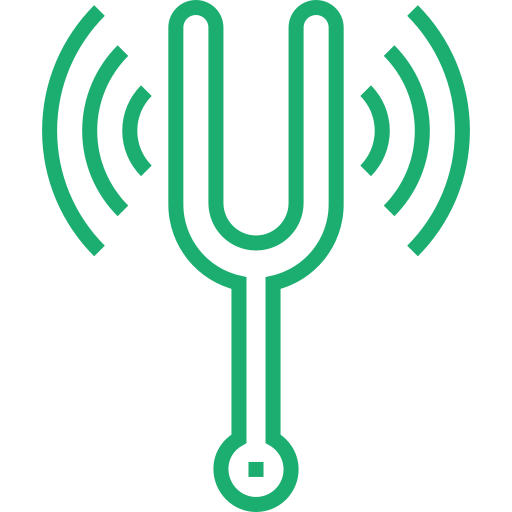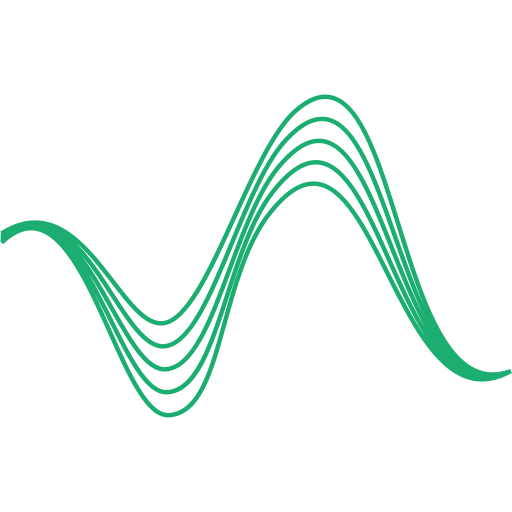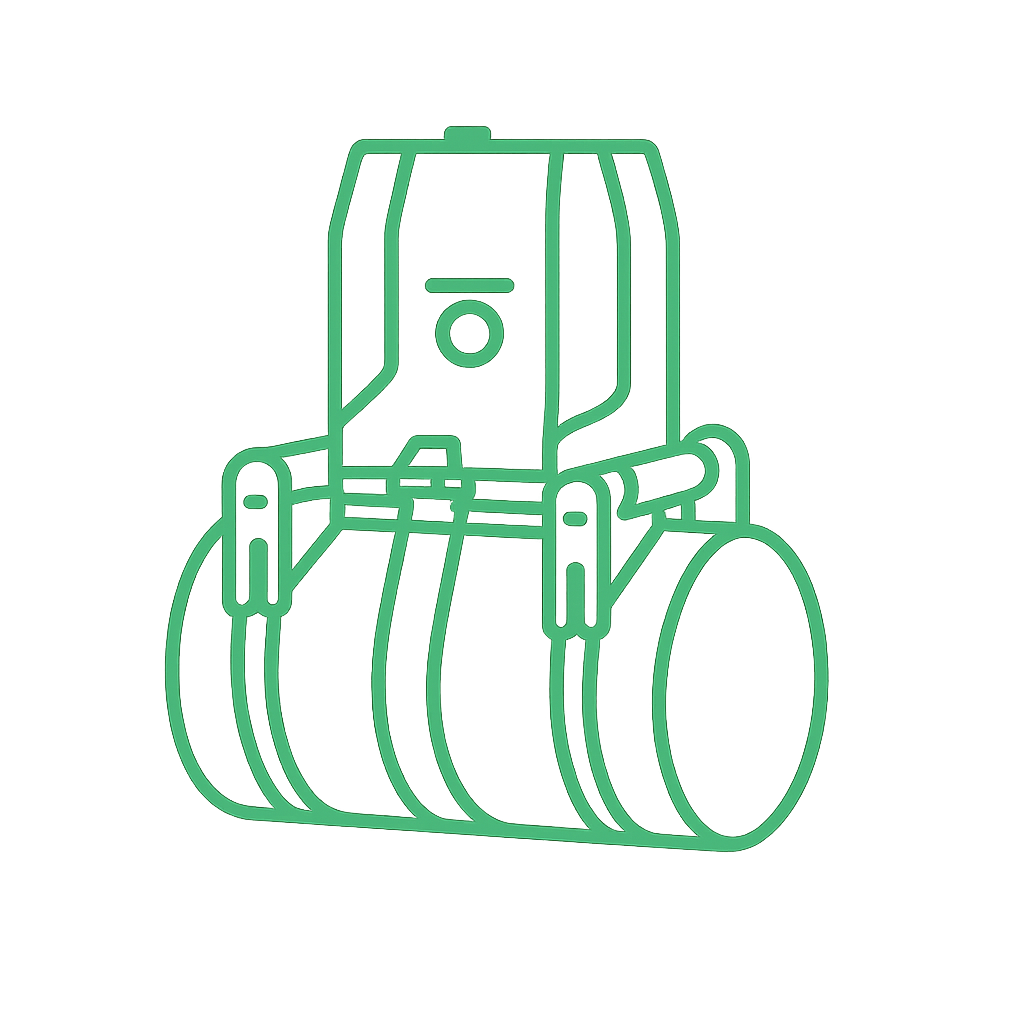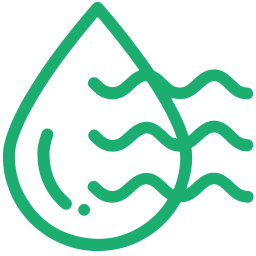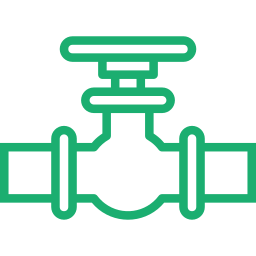Laser Scanning Inspection is a non-destructive testing (NDT) technique used to assess the structural integrity and quality of materials or components without causing damage to them. This technique relies on the principles of laser technology to create highly accurate three-dimensional (3D) representations of surfaces, structures, and objects.
BENEFITS
- Non-Destructive: As an NDT technique, Laser Scanning does not damage the material or component under inspection, making it suitable for critical parts that need to remain in service.
- High Precision: Laser Scanning provides highly accurate 3D representations, allowing for precise measurements and defect detection.
- Efficiency: It can rapidly collect a large amount of data, reducing inspection time and costs compared to traditional methods.
- Reduced Human Error: Automation in data collection and processing reduces the potential for human error in inspections.
- Visualization: The 3D models generated are visually intuitive and can be used for better visualization and analysis of complex structures.
APPLICATIONS
- Manufacturing: Used for quality control and dimensional analysis of manufactured parts and assemblies.
- Aerospace: Inspection of aircraft components, such as turbine blades, to ensure safety and reliability.
- Automotive: Assessing the quality of vehicle components, including engine parts, chassis, and body panels.
- Construction: Ensuring precise measurements and structural integrity in construction projects, including buildings, bridges, and tunnels.
- Oil and Gas: Inspecting pipelines, pressure vessels, and offshore platforms for corrosion and defects.
- Mining: Assessing the condition of mining equipment, tunnels, and excavation sites.
